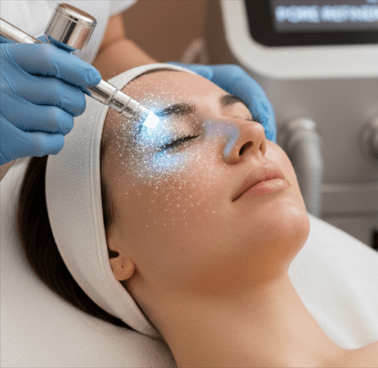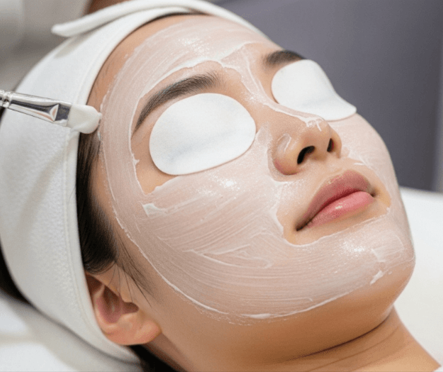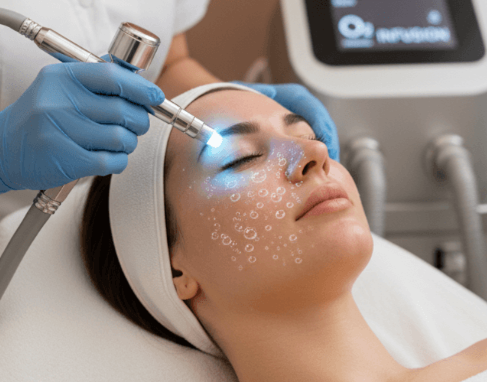Meta Description:
Discover what international patients can expect from Korea’s post-surgery recovery programs—from airport pickup and translation services to advanced healing therapies.
Introduction
Korea has rapidly become a top destination for medical tourism, not just for surgeries but also for world-class post-surgery recovery programs. These recovery services are especially designed to cater to international patients, ensuring a smooth, safe, and comfortable healing journey after cosmetic, dental, orthopedic, or eye procedures. Whether you’re traveling from the U.S., Europe, or the Middle East, Korea’s recovery programs provide everything you need to heal with peace of mind.
Personalized Recovery Care from the Moment You Land
Most Korean recovery programs for international patients begin with airport pickup services and private transportation to your recovery center or accommodation. Upon arrival, you’ll be welcomed by staff trained in handling post-op patients and fluent in English or other languages (with translation support available for Arabic, Chinese, Russian, and more).
Medical Monitoring and Follow-Up
During your recovery, you’ll have access to daily health monitoring, including wound checks, dressing changes, vital sign monitoring, and pain management—often under the supervision of licensed nurses or doctors. This level of care is especially reassuring for international patients who may not speak the local language fluently or be familiar with the healthcare system.
Multilingual Support and Concierge Services
Language barriers are a top concern for many medical tourists. That’s why Korea’s leading recovery clinics and medical concierge services offer multilingual support staff, personal interpreters, and even assistance with clinic appointments and pharmacy visits.
Holistic Healing: Korean and Western Medical Integration
Post-surgery recovery programs often include a mix of modern Western medicine and traditional Korean therapies such as acupuncture, herbal treatments, and cupping therapy. These are used to reduce swelling, improve circulation, and enhance the healing process naturally.
Customized Nutrition and Rest Plans
Recovery centers provide meals tailored to your dietary restrictions and designed to aid recovery. Nutritional support is part of the healing process, with a focus on anti-inflammatory, protein-rich foods and herbal teas that promote circulation and reduce bruising.
Comfortable and Private Accommodations
Most facilities offer private recovery rooms or suites with hospital-grade beds, in-room nursing care, entertainment systems, and room service. This allows you to rest in comfort while still receiving professional care, which is especially appreciated by patients who travel alone.
Transportation and Assistance with Follow-Ups
Korean recovery programs often include transportation to and from your follow-up appointments, ensuring you don’t need to navigate public transit or language challenges while recovering.
Mental and Emotional Support
Recovering from surgery away from home can be stressful. That’s why many Korean recovery programs also provide emotional support, mental wellness resources, and even light activities like meditation or art therapy to reduce anxiety and support a calm mindset.
Conclusion
For international patients, Korea’s post-surgery recovery programs are more than just a place to rest—they are a comprehensive healing environment designed to address physical, emotional, and cultural needs. From expert care and traditional therapies to language support and comfortable accommodations, these programs are an essential part of the medical tourism experience in Korea.




